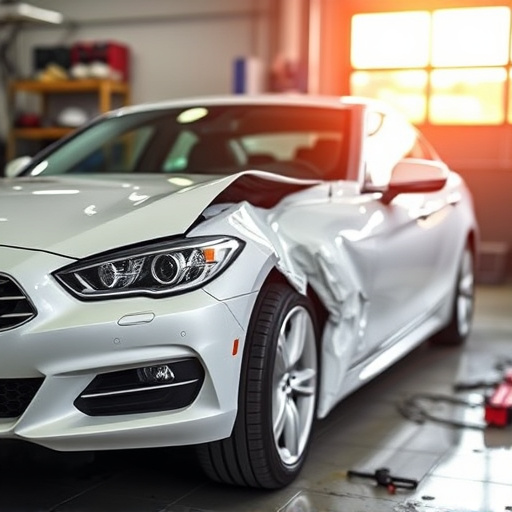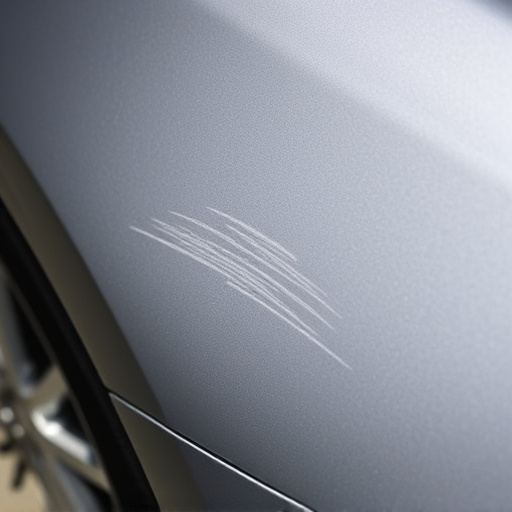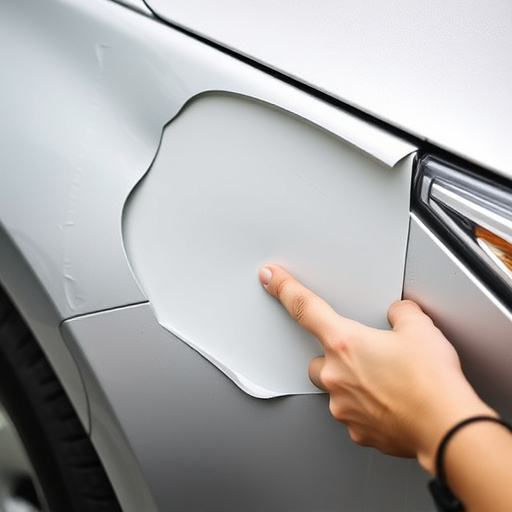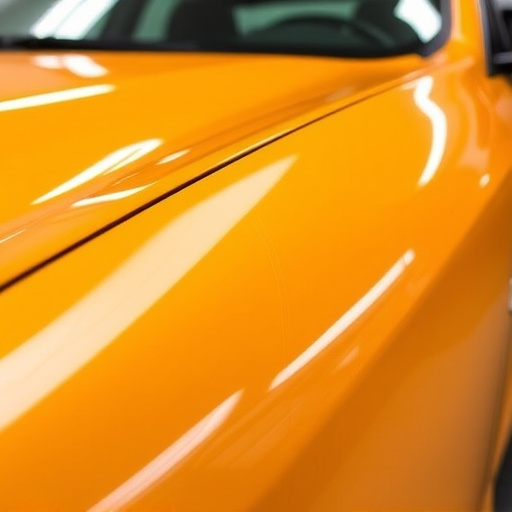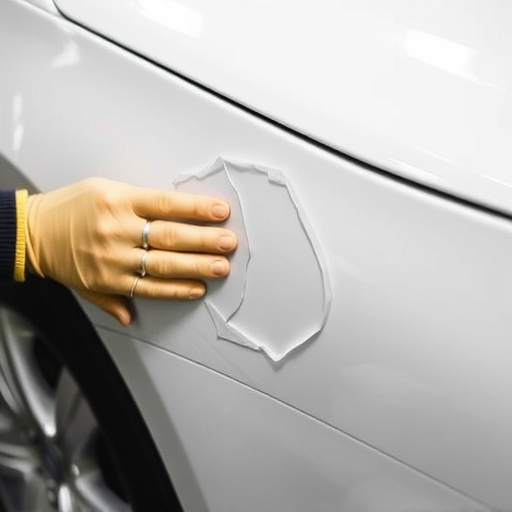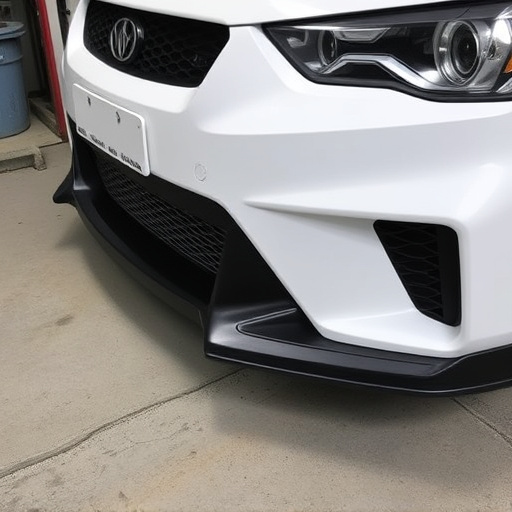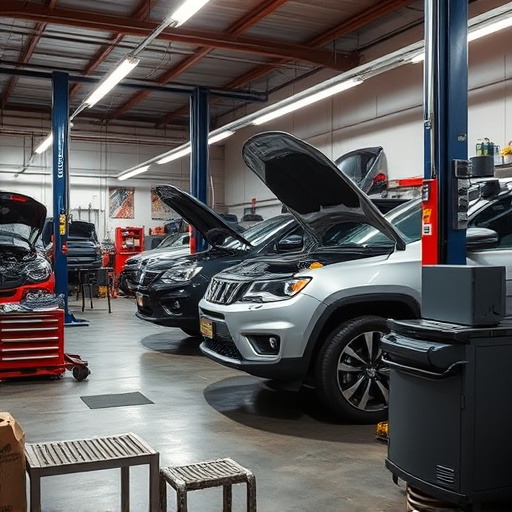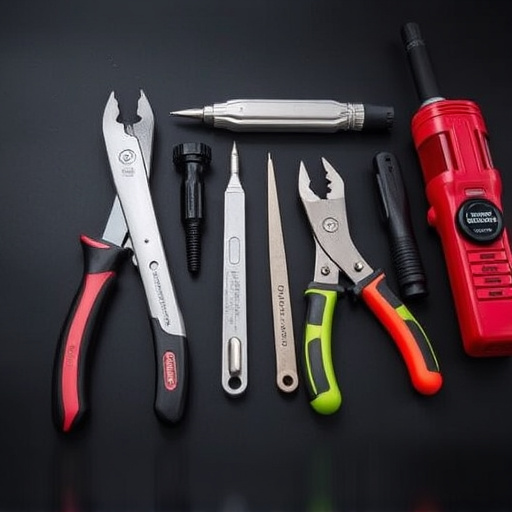Paint finish warranties protect car repair customers by guaranteeing protection against defects like bubbles, cracks, peeling, and fading for both interior and exterior surfaces, with coverage starting from the completion date and lasting for a specified period. These policies facilitate prompt issue resolution, preserving vehicle aesthetics and value. Consumers should understand covered defects, report issues promptly within timeframe limits, and familiarize themselves with warranty terms to ensure top-quality results and extend the life of the paint job.
“Uncover the safeguards offered by paint finish warranty policies, designed to protect your investment. This article explores the common issues these warranties address, from surface defects to long-term durability. We demystify what’s covered, helping you recognize eligible problems during the warranty period. Furthermore, we guide you through your rights and responsibilities, ensuring a smooth process when claiming repairs or replacements. Understanding these policies is key to maintaining a beautiful, lasting finish on your projects.”
- Understanding Paint Finish Warranty Policies: What's Covered?
- Common Defects and Issues Within Warranty Period
- Your Rights and Responsibilities Under the Paint Finish Warranty
Understanding Paint Finish Warranty Policies: What's Covered?
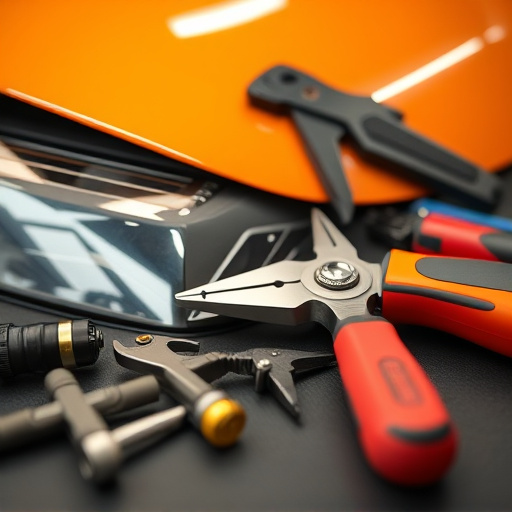
Understanding Paint Finish Warranty Policies: What’s Covered?
Paint finish warranty policies are designed to protect consumers from defects in the painting process, offering peace of mind for those who have recently undergone car restoration or car paint services. These warranties typically cover a range of issues that may arise post-application, including blisters, bubbles, cracks, peeling, and fading. The scope of coverage can extend to both interior and exterior surfaces, ensuring that vehicles are protected against any unsightly or functional problems resulting from poor painting techniques or substandard materials.
For vehicle repair customers, these policies serve as a safeguard, assuring them that if their paint job doesn’t meet expectations, they have recourse. The specific terms and conditions vary among providers, but generally, the warranty period starts from the date of completion, offering protection for a specified number of years or miles traveled. Understanding what is covered and what isn’t is crucial before engaging in car paint services to ensure that any issues are addressed promptly, maintaining the vehicle’s aesthetic appeal and value over time.
Common Defects and Issues Within Warranty Period

Common defects and issues that fall under the coverage of paint finish warranty policies include various types of surface imperfections, such as bubbles, cracks, peeling, and uneven shading. These problems often arise due to flaws in the initial application process or environmental factors like exposure to extreme temperatures, ultraviolet radiation from sunlight, or chemical reactions with pollutants.
During the warranty period, a vehicle body shop will typically address these issues by performing repairs, retouching, or even complete repainting if necessary. It’s important for consumers to be aware of what is covered under their paint finish warranty and to promptly report any defects within the specified timeframe. Early detection and timely action can prevent minor problems from escalating into more costly car body repair or damage repair requirements.
Your Rights and Responsibilities Under the Paint Finish Warranty
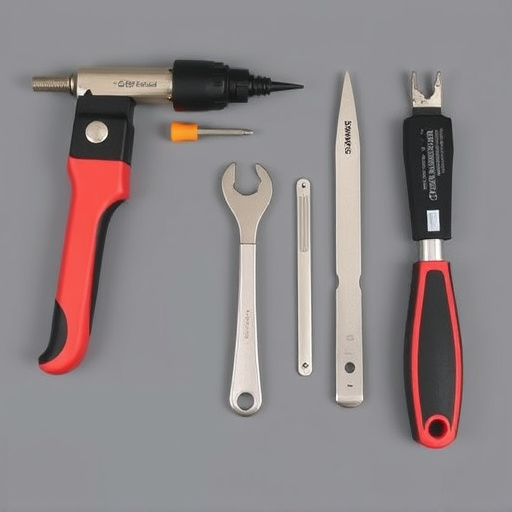
When you avail of a paint finish warranty, whether for your home or vehicle (like those provided by auto collision centers), it’s crucial to understand your rights and responsibilities. This legal agreement spells out what is covered and what isn’t. For instance, in case of defects due to poor application, materials used, or manufacturing issues, the warranty typically covers repairs or re-painting at no extra cost to you. However, it’s important to remember that maintenance, preventive care, and damages caused by factors beyond the paint’s control (like extreme weather conditions) are usually excluded.
Your responsibilities include reading and understanding the terms of the warranty thoroughly. Regular inspection of the painted surface is essential to identify any issues promptly. Additionally, reporting problems within the specified timeframe ensures you can avail of the warranty benefits without hassle. Remember, while a paint finish warranty offers protection, it’s also a two-way street where your proactive care can extend the life and quality of the paint job, whether it’s for a car restoration or vehicle repair services.
Paint finish warranty policies are designed to protect homeowners and ensure the longevity of their freshly painted surfaces. By understanding what is covered, identifying common defects during the warranty period, and knowing your rights and responsibilities, you can maximize the benefits of these policies. Remember, a comprehensive paint finish warranty is not just about protection; it’s also a commitment from the painter to deliver high-quality work that stands the test of time.


